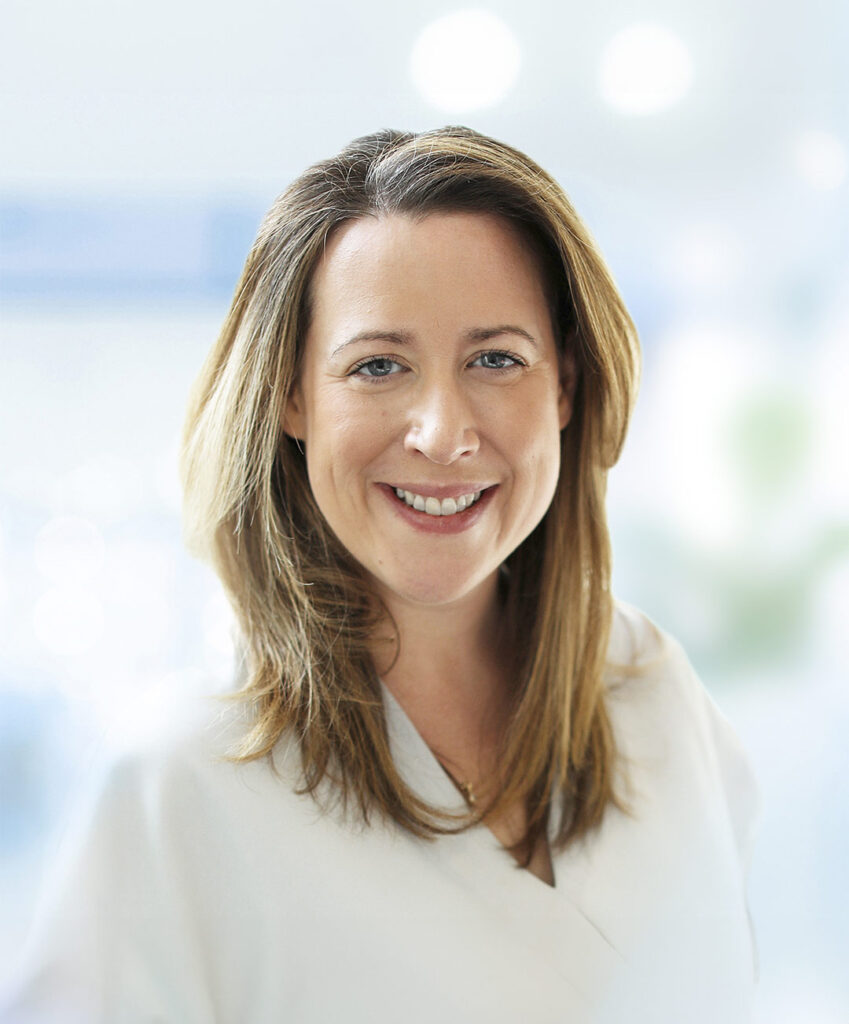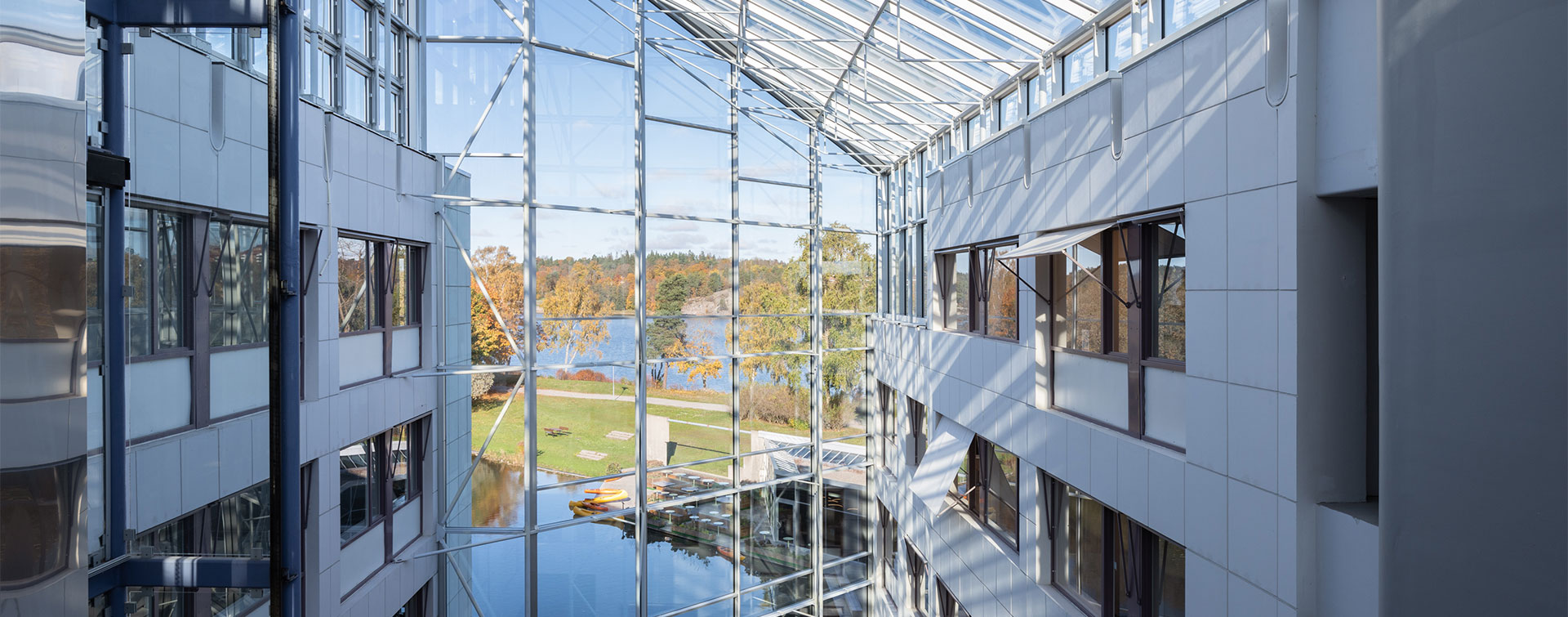 6 min
6 min
As Global Head of Climate Risk Advisory at Aon, Liz Henderson is focused on generating advanced analytical insights into climate change risks. She envisions a proactive role for insurance in sustainable development, emphasizing the importance of partner collaboration, data utilization, and early risk assessment in the initial stages of projects.
How do you view the role of insurance in promoting resilient construction in the face of climate change?
Insurance is a key driver of resilience and safety investments across industries. Relying on advanced models and the latest scientific data about how climate change affects different risks, combined with engineering expertise, allows us to quantify the impact of resilience investments. If we can measure this impact, we can also reflect it through better insurance pricing and greater access to insurance capacity.
When insurers recognize resilience investments, it not only benefits our clients but also drives demand for safer, more sustainable construction practices across the board.
Why is it important to bring insurers into the construction process earlier?
Historically, insurance has come into play after buildings are completed, assessing risks only at the end of a project. But by involving insurers from the start, we can better align financial incentives with resilience outcomes. Insurers bring a unique “risk mindset” and a wealth of data that can help stakeholders make informed decisions on materials, design, and risk mitigation strategies. This shift would mean recalibrating financing structures to incorporate resilience, potentially lowering costs in the long run by reducing the need for post-disaster recoveries.
What challenges do insurers face in promoting proactive resilience, especially in vulnerable regions?
A major challenge, particularly in the Global South, is access to quality data and advanced modeling. Accurate data is essential for understanding local risk profiles, which in turn affects everything from pricing to recovery outcomes. We’re working closely with development banks and governments to broaden access to this data and to ensure communities can tap into insurance recoveries, which strengthen resilience.
What we’re seeing more and more is that our clients are struggling with getting access to truly impactful data and insight that can align their decisions against how insurers are looking at risk over time.
Video interview with Liz:
Can you explain how resilience investments add value even before a disaster occurs?
This is one of the most challenging aspects. Often, the value of resilience investments only becomes apparent after a disaster, when losses are significantly lower than they would have been otherwise. However, if we can measure and document the direct impact of these investments in terms of reduced risk, insurers can adjust pricing to reward that resilience proactively. It’s a shift from reactive to preventative, which is where the true value lies, but it does require advanced analytics and long-term commitment from stakeholders.
31% of the $380 billion in global economic losses from natural disasters were covered by insurance in 2023.
Source: Aon’s 2024 Climate and Catastrophe Insights report
What are the next steps for the insurance industry in supporting sustainable construction?
The future lies in continuing to deepen our understanding of risk through stronger data and a community-centered approach. By providing detailed insights into local vulnerabilities, insurers can empower cities, developers, and communities to make resilience-driven decisions. This approach not only enhances the financial viability of climate-smart infrastructure but also enables more resilient societies.










